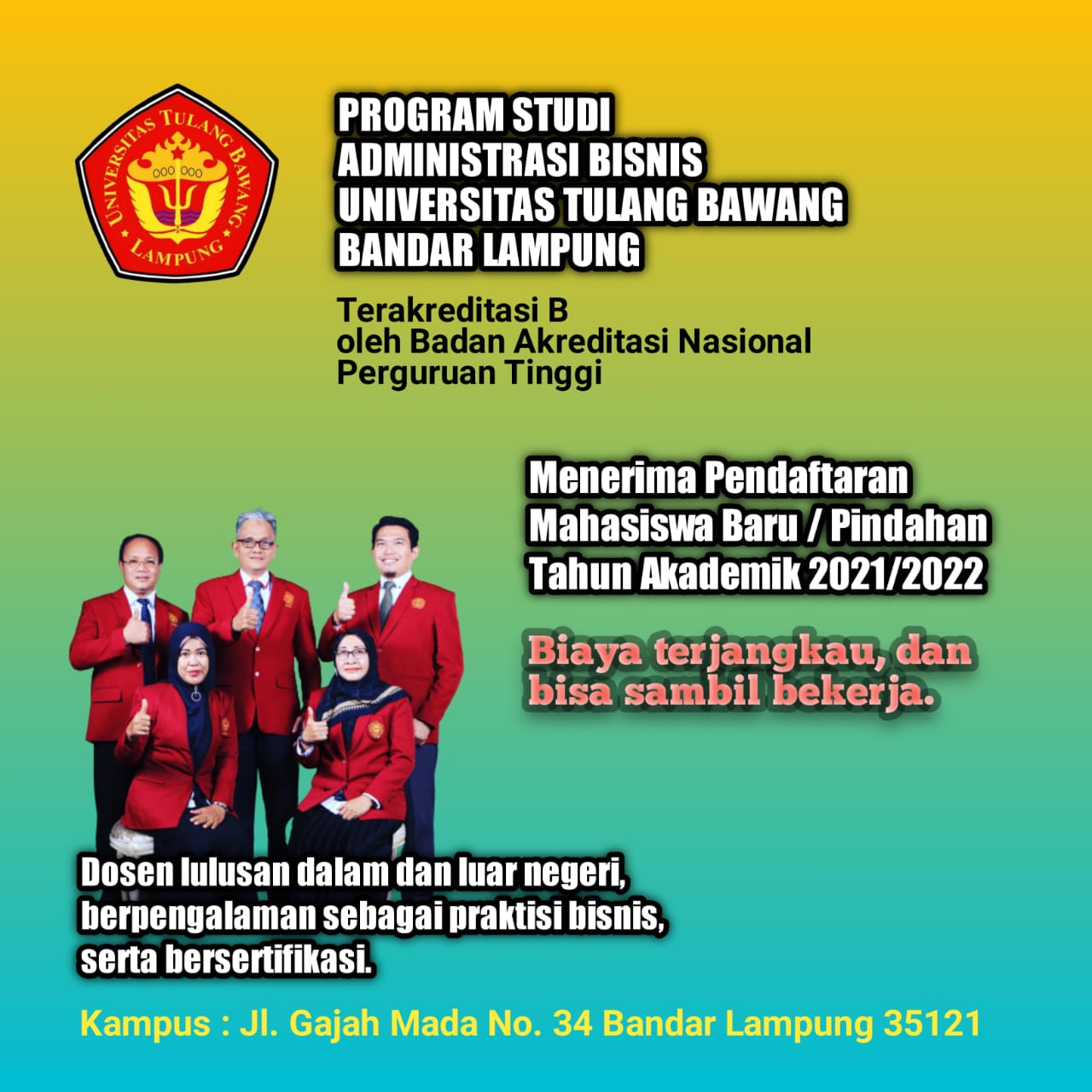Strategi Optimalisasi Administrasi Ekspor Impor dalam Mendukung Pertumbuhan Ekonomi Regional Provinsi Lampung
DOI:
https://doi.org/10.37090/bpj.v4i2.2055Abstract
Import-export administration plays an important role in supporting smooth international trade, which in turn contributes to regional economic growth. This study aims to analyze the optimization strategy of import-export administration in Lampung Province as one of the strategic regions in Indonesia's international trade. The research method used is a descriptive qualitative approach with secondary data analysis from relevant agencies, including the Central Statistics Agency (BPS), the Office of Industry and Trade, and Bandar Lampung Customs Office.
The results show that the main obstacles in import-export administration in Lampung Province include the complexity of bureaucratic procedures, limited infrastructure, and low utilization of digital technology by business actors. To overcome these obstacles, this study recommends optimization strategies that include: (1) digitizing the administration system through an integrated platform; (2) increasing the capacity of human resources through competency-based training; (3) simplifying regulations and harmonizing policies across sectors; and (4) strengthening supporting infrastructure, especially ports and logistics transportation.
The implementation of this strategy is expected to improve the efficiency and transparency of administrative processes, accelerate the flow of goods, and improve the competitiveness of import-export in Lampung Province. Thus, optimizing import-export administration not only supports regional economic growth, but also contributes to Indonesia's position in international trade.
Keywords: import-export administration, optimization, economic growth, Lampung Province, international trade
Downloads
References
Ali, A. S. (2022). Digital transformation and its impact on logistics performance in ASEAN countries. Asian Journal of Economics and Business, 5(4), 123–145. https://doi.org/10.1016/ajeb.2022.04.12
Asian Development Bank. (2023). Transport infrastructure development in Asia: Challenges and opportunities. Manila: ADB.
Bappenas. (2022). Strategi pembangunan ekonomi regional melalui optimalisasi perdagangan internasional. Jakarta: Bappenas.
Bhattacharya, S., & Kunal, A. (2020). Reducing trade costs through regulatory reform. Journal of International Trade Policy, 12(3), 210–230. https://doi.org/10.1080/17534963.2020.1219104
Badan Pusat Statistik. (2023). Produk domestik regional bruto Provinsi Lampung 2023. Jakarta: BPS.
Creswell, J. W. (2014). Research design: Qualitative, quantitative, and mixed methods approaches (4th ed.). Thousand Oaks, CA: SAGE Publications.
Directorate General of Customs and Excise. (2023). Annual performance report 2023. Jakarta: Ministry of Finance.
Harsono, T. (2022). Analisis logistik pelabuhan di Provinsi Lampung. Jurnal Infrastruktur dan Logistik, 7(1), 45–55. https://doi.org/10.5430/jil.v7i1.45
Indonesia National Single Window. (2023). Digital integration for seamless trade in Indonesia. Jakarta: INSW.
International Chamber of Commerce. (2021). Harmonizing global trade regulations for SMEs. Paris: ICC.
International Trade Centre. (2021). Export potential map: Unlocking export opportunities. Geneva: ITC.
Kementerian Perdagangan Republik Indonesia. (2023). Laporan kinerja perdagangan Indonesia 2023. Jakarta: Kementerian Perdagangan.
Kementerian Perhubungan Republik Indonesia. (2023). Masterplan pengembangan pelabuhan regional Lampung. Jakarta: Kemenhub.
Komarudin, R. (2023). Peran kebijakan pemerintah dalam optimalisasi ekspor komoditas unggulan. Jurnal Ekonomi dan Pembangunan Daerah, 10(3), 87–98. https://doi.org/10.5430/jepd.v10i3.87
Miles, M. B., Huberman, A. M., & Saldaña, J. (2014). Qualitative data analysis: A methods sourcebook. Thousand Oaks, CA: SAGE Publications.
North, D. C. (1990). Institutions, institutional change, and economic performance. Cambridge: Cambridge University Press.
OECD. (2020). The impact of logistics infrastructure on trade competitiveness. Paris: OECD Publishing.
Organization for Economic Co-operation and Development. (2020). Global trade facilitation: A comprehensive analysis. Paris: OECD.
Osborne, S. P. (2006). The new public governance? Public Management Review, 8(3), 377–387. https://doi.org/10.1080/14719030600853022
Panayides, P. M., & Song, D. W. (2013). Maritime logistics: A complete guide to effective shipping and port management. International Journal of Logistics Research and Applications, 16(3), 246–260. https://doi.org/10.1080/13675567.2013.806806
Rahmawati, A. (2020). Efektivitas digitalisasi administrasi ekspor di pelabuhan utama Indonesia. Jurnal Administrasi Bisnis, 9(1), 23–36. https://doi.org/10.1234/jab.2020.09.1.23
Rodrigue, J. P., Comtois, C., & Slack, B. (2020). The geography of transport systems (5th ed.). New York, NY: Routledge.
Sutrisno, T., & Handayani, M. (2021). Harmonisasi kebijakan lintas sektor dalam perdagangan internasional. Jurnal Ekonomi dan Kebijakan Publik, 14(2), 112–124. https://doi.org/10.5430/jekp.v14i2.112
UNESCAP. (2016). Framework agreement on facilitation of cross-border paperless trade in Asia and the Pacific. Bangkok: UNESCAP.
United Nations Conference on Trade and Development. (2021). Digitalization in trade logistics: Opportunities and challenges. Geneva: UNCTAD.
United Nations Development Programme. (2022). Supporting sustainable economic growth through trade facilitation. New York, NY: UNDP.
Widodo, T. (2023). Efek digitalisasi terhadap daya saing produk ekspor Indonesia. Jurnal Manajemen Logistik dan Ekspor, 15(2), 99–110. https://doi.org/10.1234/jmle.v15i2.99
World Bank. (2021). Enhancing trade competitiveness in Southeast Asia. Washington, DC: World Bank.
Yin, R. K. (2018). Case study research and applications: Design and methods (6th ed.). Thousand Oaks, CA: SAGE Publications.
Zhu, K., & Kraemer, K. L. (2005). Post-adoption variations in usage and value of e-business by organizations. Information Systems Research, 16(1), 61–84. https://doi.org/10.1287/isre.1050.0040
Downloads
Published
Issue
Section
License
Copyright (c) 2024 Suryani Suryani

This work is licensed under a Creative Commons Attribution 4.0 International License.






